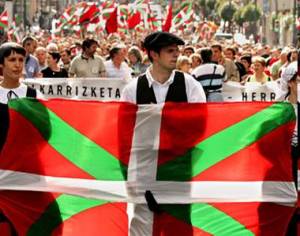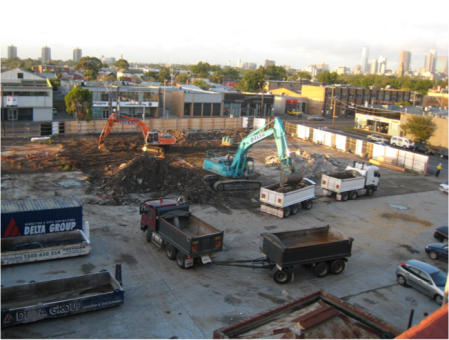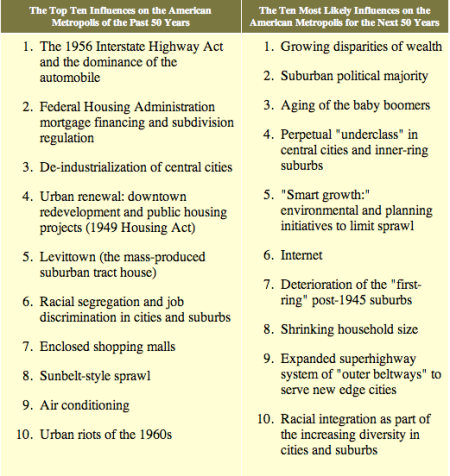For those of you who wrote your final exam essay on Mumbai, or have a general interest in the city, I thought I’d post this lucid account of the attacks from one of India’s greatest contemporary writers, Arundhati Roy. She alerts us to the dangers in allowing for decontextualized readings of these attacks. In a recent article in the Guardian, she writes:
We’ve forfeited the rights to our own tragedies. As the carnage in Mumbai raged on, day after horrible day, our 24-hour news channels informed us that we were watching “India’s 9/11”. Like actors in a Bollywood rip-off of an old Hollywood film, we’re expected to play our parts and say our lines, even though we know it’s all been said and done before.
As tension in the region builds, US Senator John McCain has warned Pakistan that if it didn’t act fast to arrest the “Bad Guys” he had personal information that India would launch air strikes on “terrorist camps” in Pakistan and that Washington could do nothing because Mumbai was India’s 9/11.
But November isn’t September, 2008 isn’t 2001, Pakistan isn’t Afghanistan and India isn’t America. So perhaps we should reclaim our tragedy and pick through the debris with our own brains and our own broken hearts so that we can arrive at our own conclusions.
Read the full essay here







